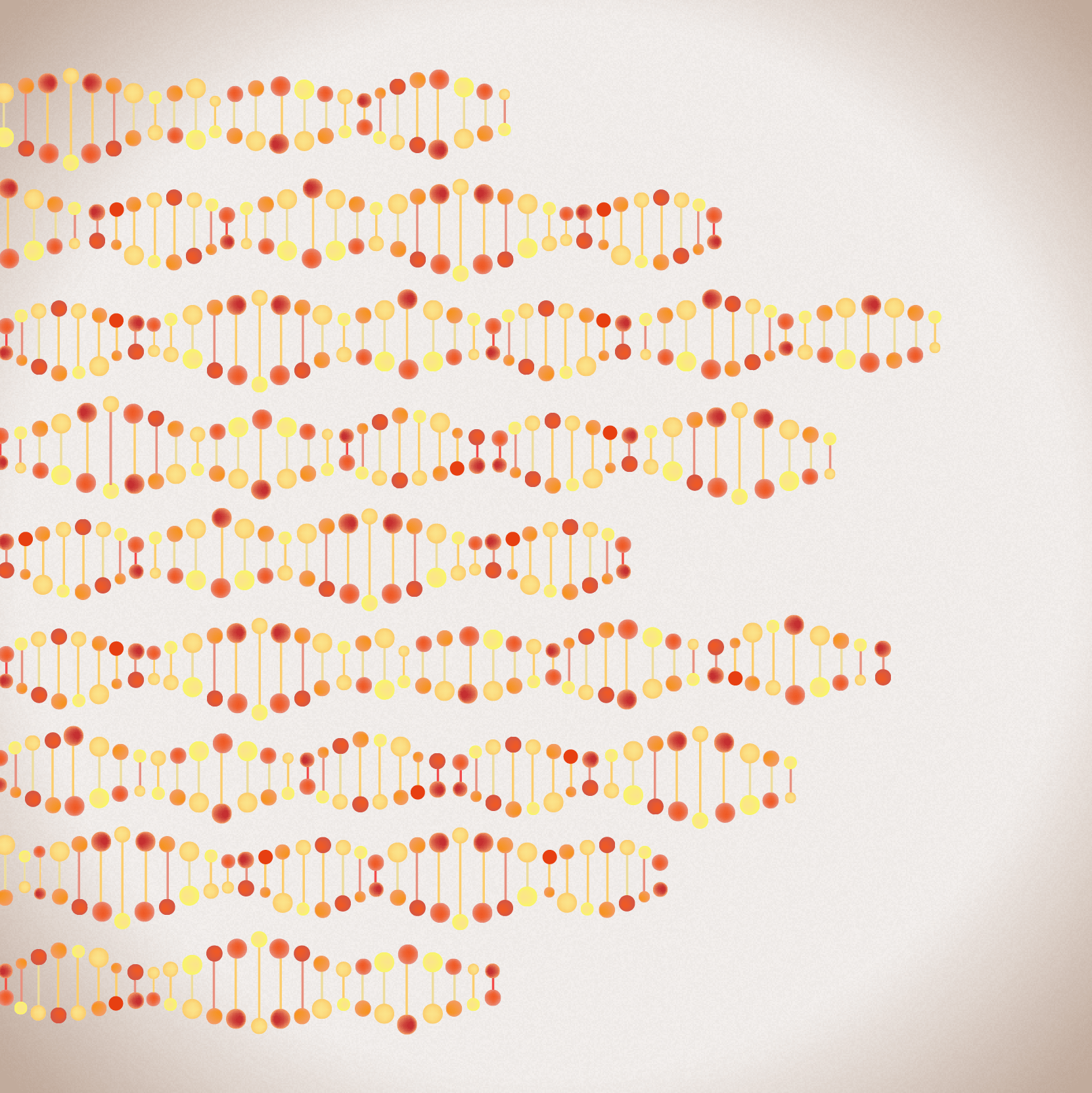Test Description
Order Options:
Turnaround Time:
3-5 weeks
Cost:
Call for details
Genes:
ABCG8, ACTN1, ADAMTS13, ANKRD26, ANO6, AP3B1, BLOC1S3, BLOC1S6, CD36, CYCS, DTNBP1, EGLN1, EPAS1, ETV6, F10, F11, F12, F13A1, F13B, F2, F5, F7, F8, F9, FERMT3, FGA, FGB, FGG, FLI1, FLNA, FYB1, GATA1, GATA2, GFI1B, GGCX, GP1BA, GP1BB, GP6, GP9, HOXA11, HPS1, HPS3, HPS4, HPS5, HPS6, HRG, ITGA2B, ITGB3, KLKB1, KNG1, LMAN1, LYST, MASTL, MCFD2, MPL, MYH9, NBEA, NBEAL2, P2RY12, PLA2G4A, PLAT, PLAU, PLG, PROC, PROS1, RASGRP2, RBM8A, RUNX1, SERPINC1, SERPIND1, SERPINE1, SERPINF2, SLFN14, TBXA2R, TBXAS1, THBD, THPO, TUBB1, VKORC1, VWF, WAS, WIPF1
( 82 genes )
Coverage:
96% at 20x
Specimen Requirements:
Blood (two 4ml EDTA tubes, lavender top) or Extracted DNA (3ug in EB buffer) or Buccal Swab or Saliva (kits available upon request)
Test Limitations:
All sequencing technologies have limitations. This analysis is performed by Next Generation Sequencing (NGS) and is designed to examine coding regions and splicing junctions. Although next generation sequencing technologies and our bioinformatics analysis significantly reduce the contribution of pseudogene sequences or other highly-homologous sequences, these may still occasionally interfere with the technical ability of the assay to identify pathogenic variant alleles in both sequencing and deletion/duplication analyses. Sanger sequencing is used to confirm variants with low quality scores and to meet coverage standards. If ordered, deletion/duplication analysis can identify alterations of genomic regions which include one whole gene (buccal swab specimens and whole blood specimens) and are two or more contiguous exons in size (whole blood specimens only); single exon deletions or duplications may occasionally be identified, but are not routinely detected by this test. Identified putative deletions or duplications are confirmed by an orthogonal method (qPCR or MLPA). This assay will not detect certain types of genomic alterations which may cause disease such as, but not limited to, translocations or inversions, repeat expansions (eg. trinucleotides or hexanucleotides), alterations in most regulatory regions (promoter regions) or deep intronic regions (greater than 20bp from an exon). This assay is not designed or validated for the detection of somatic mosaicism or somatic mutations.

